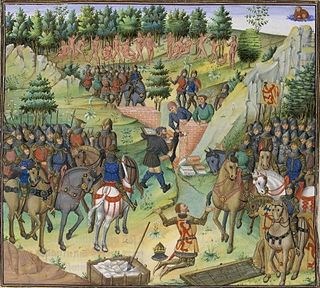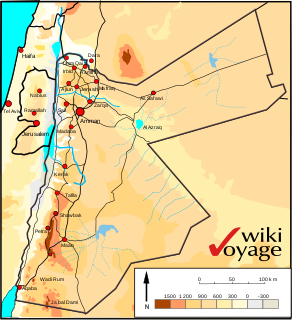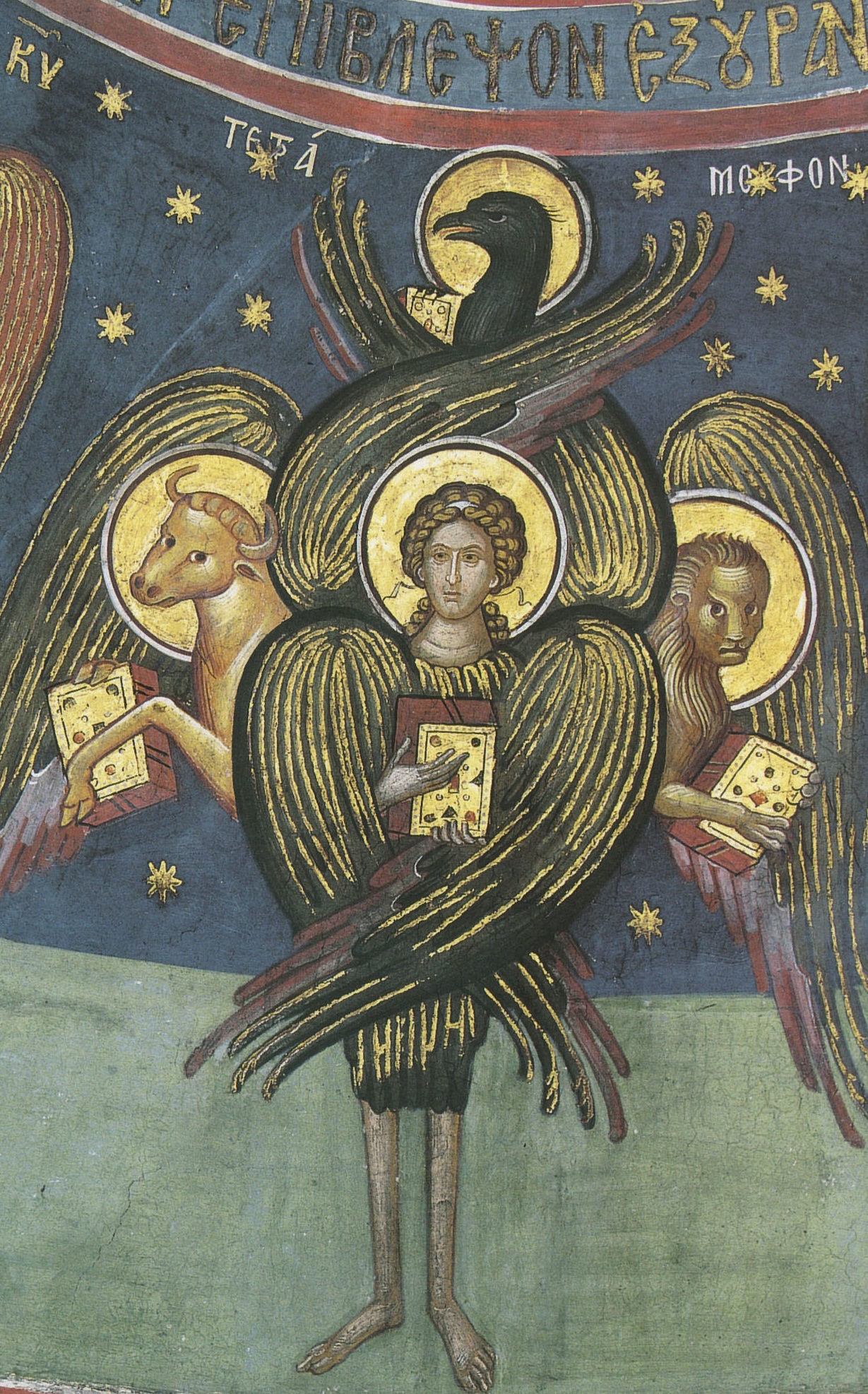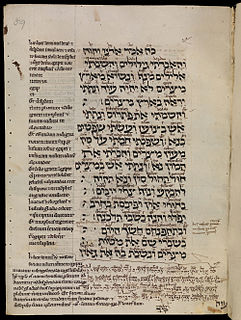 W
WThe Book of Ezekiel is the third of the Latter Prophets in the Tanakh and one of the major prophetic books in the Old Testament, following Isaiah and Jeremiah. According to the book itself, it records six visions of the prophet Ezekiel, exiled in Babylon, during the 22 years from 593 to 571 BC, although it is the product of a long and complex history and does not necessarily preserve the very words of the prophet.
 W
WThe Ezekiel Airship was an early experimental aircraft conceived, designed, and built by the Baptist minister Burrell Cannon, an experienced sawmill operator born in 1848 in Coffeeville, Mississippi. Inspired by and named after the Book of Ezekiel, the craft's design featured four "wheel within a wheel" paddle wheels powered by a four-cylinder gasoline engine. There are unverified claims that it was flown in 1902 in Pittsburg, Texas, a year before the Wright Flyer flew at Kitty Hawk, North Carolina.
 W
WEzekiel's Temple is an unbuilt temple structure described in the biblical Book of Ezekiel.
 W
WIn the Abrahamic religions, Gabriel is an archangel, first described in the Hebrew Bible.
 W
WThe Garden of Eden, also called the Terrestrial Paradise, or simply Paradise, is the biblical "Garden of God" described in the Book of Genesis and the Book of Ezekiel. Genesis 13:10 refers to the "garden of God", and the "trees of the garden" are mentioned in Ezekiel 31:9. The Book of Zechariah and the Book of Psalms also refer to trees and water, without explicitly mentioning Eden.
 W
WGog and Magog appear in the Hebrew Bible and Quran as individuals, tribes, or lands. In Ezekiel 38, Gog is an individual and Magog is his land; in Genesis 10 Magog is a man, but no Gog is mentioned; and centuries later Jewish tradition changed Ezekiel's "Gog from Magog" into "Gog and Magog", which is the form in which they appear in the Christian New Testament's Book of Revelation, although there they are peoples rather than individuals.
 W
WThe living creatures, living beings, or hayyoth are a class of heavenly beings in Jewish mythology. They are described in the prophet Ezekiel's vision of the heavenly chariot in the first and tenth chapters of the Book of Ezekiel. References to the creatures recur in texts of Second Temple Judaism, in rabbinical merkabah ("chariot") literature, in the Book of Revelation in the New Testament, and in the Zohar.
 W
WMerkabah/Merkavah mysticism is a school of early Jewish mysticism, c. 100 BCE – 1000 CE, centered on visions such as those found in the Book of Ezekiel chapter 1, or in the heikhalot ("palaces") literature, concerning stories of ascents to the heavenly palaces and the Throne of God. The main corpus of the Merkabah literature was composed in the period 200–700 CE, although later references to the Chariot tradition can also be found in the literature of the Chassidei Ashkenaz in the Middle Ages. A major text in this tradition is the Maaseh Merkavah.
 W
WMount Seir is the ancient and biblical name for a mountainous region stretching between the Dead Sea and the Gulf of Aqaba in the northwestern region of Edom and southeast of the Kingdom of Judah. It may also have marked the older historical limit of Ancient Egypt in Canaan. A place called "Seir, in the land of Shasu", thought to be near Petra, Jordan, is listed in the temple of Amenhotep III at Soleb.
 W
WPapyrus 967 is a 3rd-century biblical manuscript, discovered in 1931. It is notable for containing fragments of the original Septuagint text of the Book of Daniel, which was completely superseded by a revised text by the end of the 4th century and elsewhere survives only in Syriac translation and in Codex Chisianus 88. The manuscript is also important for early variants, both in the text of the Book of Ezekiel and of the Book of Daniel.
 W
WThe Siege of Tyre was waged by Nebuchadnezzar II of Babylon for 13 years from 586 to 573 BC. The siege of Tyre, in Phoenicia, has a significant connection to the Book of Ezekiel where it was prophesied that the city would fall to Babylonian forces after a years-long siege.
 W
WThe Spaceships of Ezekiel (1974) is a book by Josef F. Blumrich about a spaceship that was supposedly observed by the prophet Ezekiel, written while the author was chief of NASA's systems layout branch of the program development office at the Marshall Space Flight Center. It was originally published in German by Econ Verlag GmbH under the title Da tat sich der Himmel auf.
 W
WA tetramorph is a symbolic arrangement of four differing elements, or the combination of four disparate elements in one unit. The term is derived from the Greek tetra, meaning four, and morph, shape.
 W
WThe Vision of the Valley of Dry Bones is a prophecy in chapter 37 of the Book of Ezekiel. The chapter details a vision revealed to the prophet Ezekiel, conveying a dream-like realistic-naturalistic depiction.
 W
WEzekiel 38 is the thirty-eighth chapter of the Book of Ezekiel in the Hebrew Bible or the Old Testament of the Christian Bible. This book contains the prophecies attributed to the prophet/priest Ezekiel, and is one of the Books of the Prophets. This and the following chapter form a section dealing with "Gog, of the land of Magog".